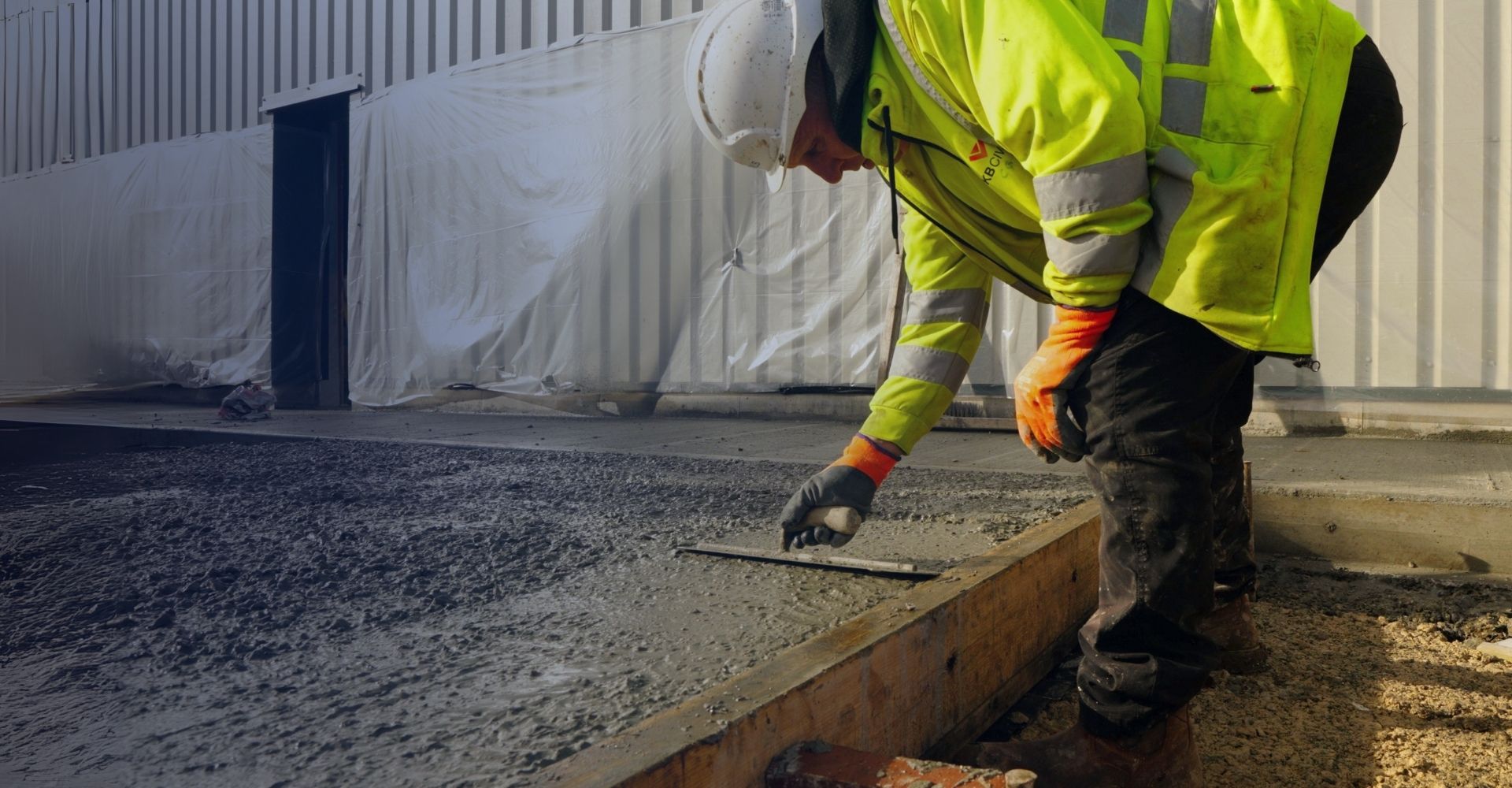
UK and EU manufacturers are projected to lose over £80 billion in 2025 due to unplanned downtime.
Now pause for a second. That’s not a typo. That’s not even a number you can easily picture. But for operations teams, facilities managers, and building decision-makers, it’s a very real threat, and it’s already happening under our noses.
The reality is: most businesses still treat maintenance like it’s the fire brigade, called in only when the damage is done. Predictive maintenance flips that. Instead of reacting to breakdowns, it uses data and tech to anticipate failure before it happens.
And the businesses that are doing it? They’re saving time, protecting margins, and keeping their doors open when others are scrambling for replacement parts.
This month, we’re digging into the data, the case studies, and the practical takeaways that show… why predictive maintenance isn’t a “nice to have” anymore, it’s the foundation of resilient, future-proof infrastructure.
The scale of the problem: Downtime is eating your budget
Here’s what the data says:
- 80% of UK manufacturers have experienced unplanned downtime in the past 3 years
- Each incident lasts an average of 4 hours
- The average cost of downtime is £5,122 per hour — that’s over £20,000 every time your systems unexpectedly stop
- In manufacturing, machine failures now account for 3% of all working days lost annually – roughly 49 hours per site per year
But that’s just the tip of the iceberg.
When equipment fails, it doesn’t just halt production. It snowballs into:
- Supply chain disruptions
- Emergency repair premiums
- Compliance penalties
- Customer dissatisfaction
- Reputational damage
For sectors like food processing, recycling, and logistics, where tight schedules and health & safety are non-negotiable, even short disruptions can have long tails.
Predictive maintenance: A smarter, simpler alternative
Predictive maintenance (PdM) uses data from sensors and smart systems to monitor asset health in real-time. It tells you when something’s about to go wrong, so you can fix it before it breaks.
This isn’t some far-off AI dream. It’s already happening, and the results are hard to ignore:
- 95% of adopters report positive ROI
- 27% see payback in under a year
- Breakdowns drop by 70–75%
- Maintenance costs fall by 25–30%
- Downtime shrinks by 35–45%
These aren’t tweaks.
They’re transformational shifts in how operations are run.
Real-world proof: From energy to recycling
Take Drax Power Station. They implemented predictive analytics across 500+ critical assets, catching hidden faults before they became disasters. One early detection avoided a transformer failure that had previously caused four weeks of unplanned downtime.
Or SUEZ, a waste management giant. Their predictive system flagged rotor movement in a steam turbine, allowing planned intervention instead of emergency shutdown. The result? Continuous service delivery, no last-minute chaos.
Even SMEs are benefitting. Tinsley Bridge in Sheffield used predictive maintenance on legacy equipment, with support from Siemens. It wasn’t about fancy robotics, just smart sensors, clear insights, and a schedule they could trust.
The barriers: Why aren’t more people doing this?
If the benefits are so clear, why are so many still stuck in reactive mode?
Here’s what’s holding things back:
- Cost anxiety: 73% of manufacturers cite upfront costs as the biggest barrier — despite many systems starting at under £2,000
- Skills shortage: 47% say attracting skilled maintenance staff is harder than ever
- Cultural resistance: 32% of firms admit they still run maintenance reactively
- Data issues: many don’t have clean, consistent data or enough sensors in place to track equipment properly
But here’s the flip side: once one part of the operation proves the value, momentum builds quickly. Start small. Pick your highest-risk asset. Then scale from there.
For facilities and ops teams: This is your opportunity
Let’s bring it back to the people on the ground — the building managers, facilities leads, and operations teams who keep UK industry moving.
What’s in it for you?
- Fewer 3am emergency calls
- Predictable maintenance schedules
- Lower repair costs
- Less stress chasing spare parts
- More time to focus on what actually matters
And importantly: more uptime.
Because when you’re running a logistics hub, food site, or industrial yard, every hour your equipment works properly is money in the bank — and peace of mind in the control room.
Key takeaways: What you can do next
If you’ve made it this far, you probably agree: predictive maintenance is worth the attention. So here’s what to do now:
1. Map your critical assets
Start with the equipment that causes the most disruption when it goes down. That’s where PdM will deliver the fastest return.
2. Pilot a small-scale system
You don’t need to overhaul your whole site. Choose a machine or area, install low-cost monitoring tools, and track performance.
3. Get your team onboard
Talk to your maintenance and operations leads. Bring them into the planning. The best systems work when humans and data are aligned.
4. Ask for supplier support
Many PdM providers now offer “maintenance-as-a-service” — spreading costs and reducing the need for internal data scientists.
Ben’s take on predictive maintenance
At PKB Civils, we’ve seen first-hand how downtime doesn’t just hit your schedule, it hits your confidence.
You’re trying to run a tight ship, keep production flowing, and stay compliant. But one unexpected breakdown throws everything off. And more often than not, it’s not the fault of the team, it’s the fault of not seeing the problem early enough.
Predictive maintenance isn’t about shiny tech. It’s about control.
It’s about giving ops teams the visibility they need to plan ahead, avoid surprises, and protect the people who rely on them.
If you’re running a busy site, and you’re still firefighting your way through failures — now’s the time to rethink the strategy.
There’s no badge for heroically fixing broken machines. The real win is not needing to.

 0161 533 0921
0161 533 0921  info@pkbcivils.com
info@pkbcivils.com 